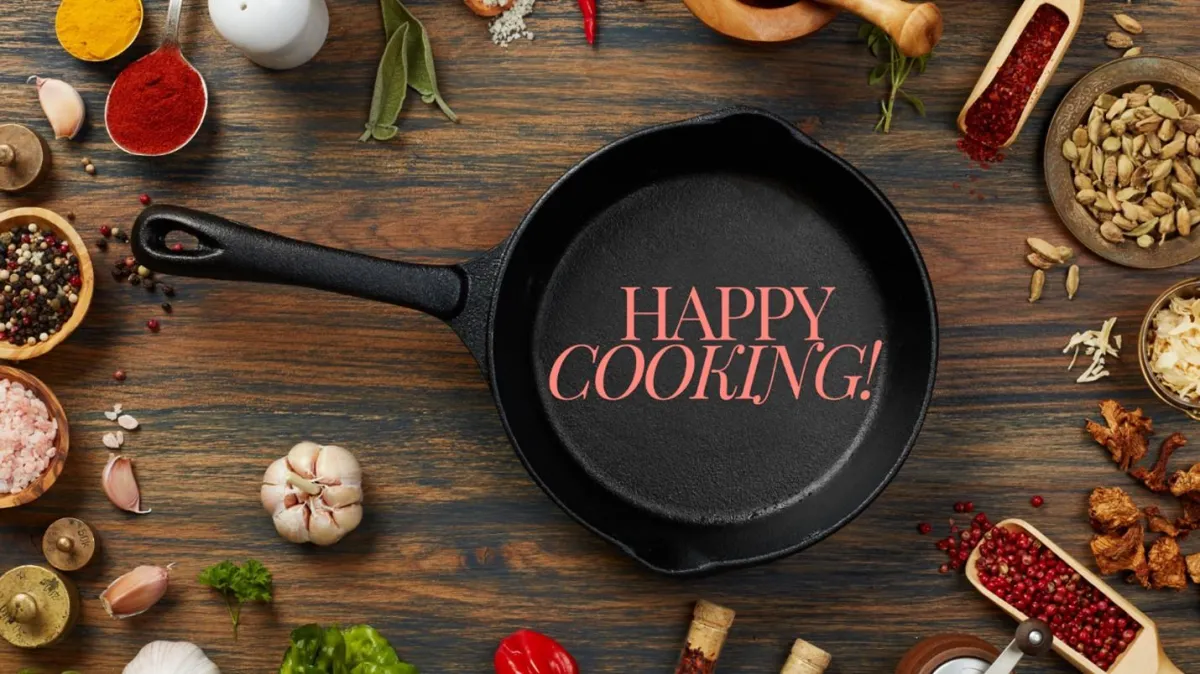
10 Essential Cooking Techniques Every Home Cook Should Master
Mastering a few essential cooking techniques can significantly elevate your home cooking game. Whether you’re a beginner or a seasoned home cook, these fundamental skills will help you create delicious meals with confidence.
Master the kitchen with these 10 essential cooking techniques every home cook should know:
1. Knife Skills

Good knife skills are the foundation of efficient and safe cooking. Learning how to properly hold and use a knife can make food preparation faster and more enjoyable. Practice basic cuts like chopping, dicing, mincing, and julienning. Invest in a quality chef’s knife and keep it sharp.
2. Sautéing

Sautéing is a quick cooking method that uses a small amount of oil or butter over medium-high heat. This technique is ideal for cooking vegetables, meat, and seafood. To sauté effectively, ensure your pan is hot before adding ingredients and avoid overcrowding to allow proper browning.
3. Roasting

Roasting is perfect for enhancing the natural flavors of vegetables and meats. Preheat your oven, season your ingredients, and use a roasting pan or baking sheet. Roasting at high temperatures (usually 375°F to 450°F) creates a crispy exterior while keeping the inside tender and juicy.
4. Boiling and Simmering

Boiling and simmering are essential for cooking pasta, grains, and making soups and stews. Boiling involves cooking ingredients at a high temperature (212°F), while simmering cooks food gently at a lower temperature (180°F to 200°F). Simmering is ideal for developing flavors without overcooking.
5. Baking

Baking is a dry-heat cooking method that uses the oven. It’s essential for making bread, cakes, cookies, and pastries. Understanding how to measure ingredients accurately, follow recipes, and control oven temperatures are key to successful baking.
6. Grilling

Grilling adds a smoky flavor to foods and is great for meats, vegetables, and even fruits. Whether using a charcoal or gas grill, preheat it properly, and oil the grates to prevent sticking. Learn to control the heat zones for direct and indirect grilling.
7. Steaming
Steaming preserves the nutrients and flavors of vegetables, fish, and dumplings. Use a steamer basket over boiling water or an electric steamer. Make sure not to overfill the basket and keep the water at a gentle simmer.
8. Poaching
Poaching involves cooking food gently in simmering liquid. It’s perfect for delicate items like eggs, fish, and fruit. Use water, broth, or wine as the cooking liquid, and keep the temperature just below boiling to avoid toughening the food.
9. Braising
Braising combines both dry and wet heat cooking methods. It’s ideal for tougher cuts of meat and hearty vegetables. First, sear the food to develop flavor, then cook it slowly in a covered pot with liquid (like broth or wine) until tender.
10. Whisking and Folding
These techniques are crucial for baking and making sauces. Whisking incorporates air into ingredients like eggs and cream, while folding gently combines ingredients without deflating them, crucial for delicate batters and mousses.
Conclusion: By mastering these essential cooking techniques, you’ll gain the confidence to tackle a wide variety of recipes and create delicious, home-cooked meals. Practice makes perfect, so don’t be afraid to experiment and refine your skills in the kitchen. Happy cooking!
Hungry for more? Visit our YouTube channel for step-by-step recipes, cooking tips, and delicious inspiration straight from the kitchen! 🍽️📺 Foodie Fuze